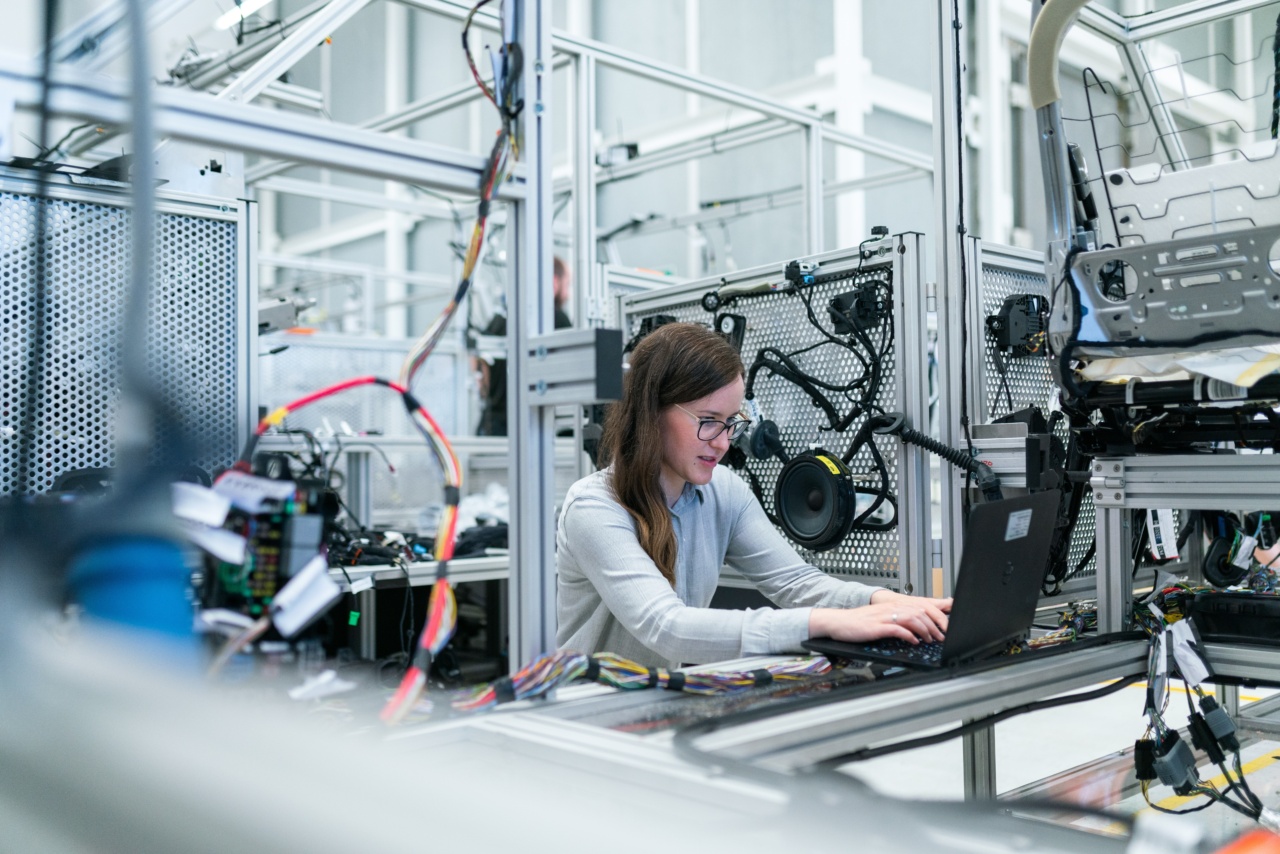Pulmonary arterial hypertension (PAH) is a rare but life-threatening condition characterized by elevated blood pressure in the arteries that supply blood to the lungs.
PAH affects people of all ages, but it is more common in women than in men, and it can be caused by a variety of factors, including genetic mutations, systemic disease, and exposure to toxic substances. The symptoms of PAH, such as shortness of breath and chest pain, can be debilitating and can significantly impact a patient’s quality of life.
Current Treatments for PAH
There is currently no cure for PAH, but there are a number of treatments available that can help manage the symptoms and slow the progression of the disease. Some of the most common treatments include:.
- Calcium channel blockers: These drugs help relax the blood vessels in the lungs, which can improve blood flow and reduce blood pressure. However, not all patients with PAH respond to calcium channel blockers, and they may have side effects such as headache and low blood pressure.
- Prostanoids: These drugs mimic the natural prostaglandins produced by the body, which help to dilate blood vessels and improve blood flow. They can be administered via inhalation, injection, or infusion.
- Endothelin receptor antagonists: These drugs block the action of endothelin, a protein that can constrict blood vessels and increase blood pressure. They can be taken orally.
- Phosphodiesterase type 5 inhibitors: These drugs help relax the blood vessels in the lungs and improve blood flow. They can be taken orally.
While these treatments can be effective for many PAH patients, they are not suitable for everyone, and they can have side effects that can be unpleasant or even dangerous.
Therefore, there is a great need for more effective and safer treatments for PAH.
New Developments in PAH Research
There is ongoing research into the causes of PAH and potential new treatments for the condition. Here are some of the most promising developments:.
1. Gene Therapy
PAH can be caused by mutations in certain genes that are involved in the regulation of blood vessel function. Researchers are exploring the possibility of using gene therapy to correct these mutations and restore normal function to the blood vessels.
One approach involves using a virus to deliver a corrected version of the faulty gene to the cells that need it.
2. Stem Cell Therapy
Stem cells have the potential to differentiate into a variety of cell types, including those that make up the blood vessels in the lungs.
Some researchers are investigating the use of stem cell therapy to regenerate damaged blood vessels in patients with PAH.
3. Immune System Modulators
PAH is thought to involve an overactive immune system that attacks the blood vessels in the lungs. Researchers are investigating drugs that can modulate the immune system and prevent this attack from occurring.
4. Combination Therapies
It is increasingly recognized that different patients with PAH may benefit from different combinations of medications.
Researchers are studying various combinations of existing drugs to determine which work best for particular patients, as well as developing new drugs that may be more effective when used in combination with others.
Conclusion
Pulmonary arterial hypertension is a complex and challenging condition that can have a significant impact on patients’ lives.
While current treatments can be effective, they are not suitable for everyone, and there is a need for new and more effective therapies. Ongoing research into the causes of PAH and potential new treatments holds promise for improving the lives of patients with this condition.



























